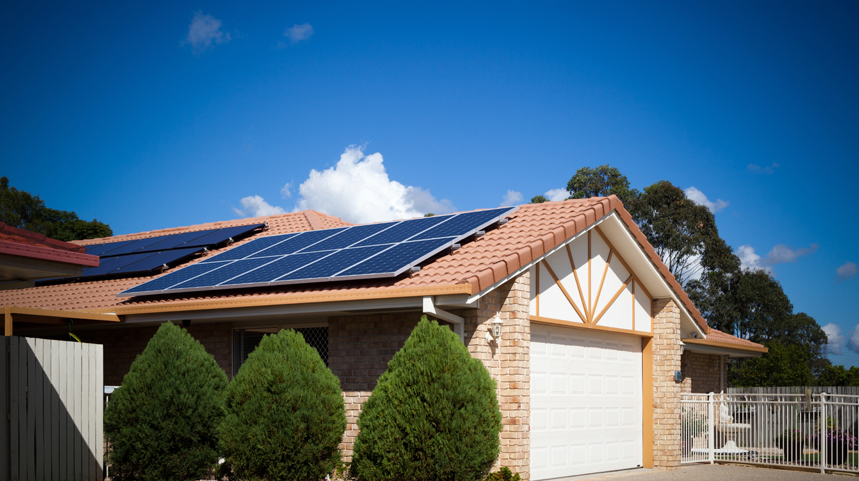It seems like every summer we see the Western United States ravaged by wildfires, with the destruction augmented this year by an exploding volcano in Hawaii. These disasters are leading fire experts to investigate new technologies to help supplement existing efforts by fire departments to combat this growing threat. Structural engineers and other experts have been visiting burned homes, stores, and other sites in California to help brainstorm new ideas to provide next level fire resilience.
The Advent of Smart Home Technology
Smart home technology is starting to make an appearance with surveillance apps that have the ability to perform preprogrammed routines, either on human command, or in response to certain triggers or conditions. For example, a homeowner could potentially be warned remotely of an approaching wildfire and turn on sprinklers in order to soak the grounds in advance of touchdown. Even simple smart home sensors can send out notices or warnings when temperatures above a certain degree are detected in or around the home, allowing a homeowner to contact authorities or execute a response.

Deepening Defensible Space
One aspect of fire resilience that fire experts are particularly concerned about is defensible space. For example, engineers looking at the loss of property in Santa Rosa, California noted that a Kmart with huge parking lots around it initially had less exposure to the fire, though it did finally succumb.
One way that property owners are approaching creating defensible space around their homes is by keeping water stored on the property. Many fire experts are recommending the installation of a koi pond or pool near a home. The addition of an automated sprinkler system could potentially trigger a pump to draw water out of the pond and spray it over a building or nearby lawn. In drought-stricken areas one alternative to a pond for water storage would be to install a standby reservoir or water tank to use recycled rainwater and/or graywater instead of fresh water.Another approach to fire resiliency involves sealing the envelope of a home to fire. This concept involves using metal shutters that could be controlled automatically with a simple voice command like “Lock down for fire.” However, a home would have to have a non-flammable exterior structure as well as shutter-enclosed windows to prevent windows from blowing out or embers invading venting.
Solving the Challenges to Smart Fire Technology
There are, however, a couple of fundamental challenges to using automated or smart technology to augment fire resilience. The first issue is power — if all the surrounding transformers have blown out and the home is isolated, powering up pumps or monitoring devices is challenging. The most obvious solution is a gas-powered generator system but storing highly flammable fossil fuels presents its own risk. However, solar-powered power backups continue to drop in price.

Finally, some innovators are creating new materials to solve the problem of fire resiliency. Just one example comes from Atria Systems, which has created a gel called “Smart Water” that can be deployed on structures and even forests to make them fire-resistant long enough for firefighters to regroup and implement a new line of attack against a fire.